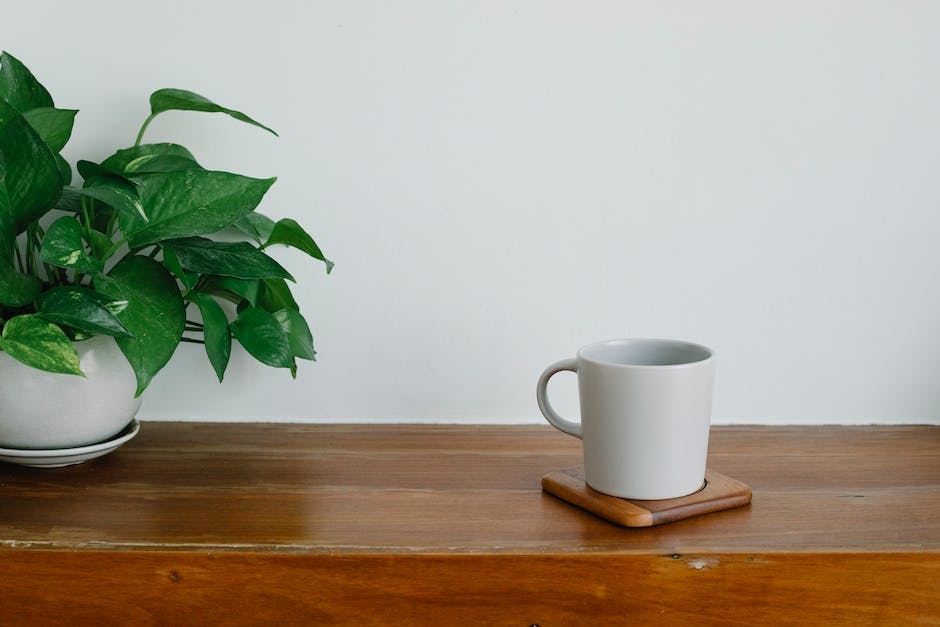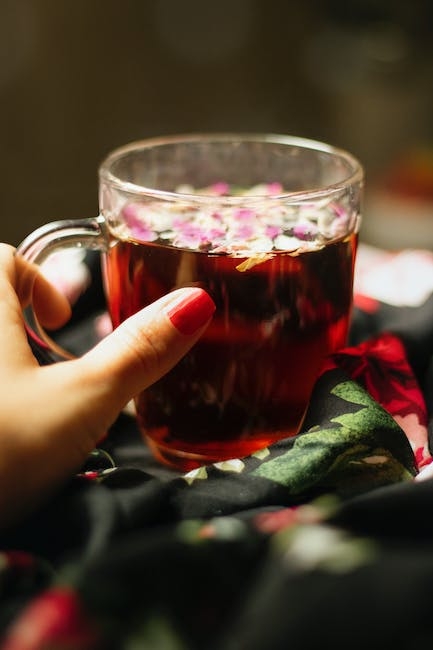Origin and history of Earl Grey tea
Earl Grey tea is a popular and well-known flavor of tea that is loved by tea enthusiasts all over the world. It is believed to have originated in the early 19th century in England and is named after Charles Grey, the 2nd Earl Grey.
The exact origins of Earl Grey tea are debated, with multiple theories surrounding its creation. One popular story is that the tea was specially blended by a Chinese mandarin for Lord Grey, who was known for his love of tea. Another theory suggests that the tea was flavored with bergamot, a type of citrus fruit, to offset the taste of lime in the water at Howick Hall, Lord Grey’s family estate.
Regardless of its true origins, Earl Grey tea rose to popularity in England and soon spread to other countries. Today, it is enjoyed by tea lovers from all corners of the globe.
Ingredients and preparation of Earl Grey tea
Earl Grey tea is traditionally made from black tea leaves that are flavored with bergamot oil. The key ingredient in Earl Grey tea is the bergamot, which gives the tea its distinctive aroma and flavor.
To prepare a cup of Earl Grey tea, you will need the following ingredients:
- 1 teaspoon of loose leaf Earl Grey tea or 1 tea bag
- 1 cup of boiling water
- Optional: sweetener such as sugar, honey, or your preferred alternative
- Optional: milk or lemon for added flavor
To brew Earl Grey tea, follow these simple steps:
- Boil the water to a temperature of about 200-212°F (93-100°C).
- If using loose leaf tea, place the tea leaves in a strainer or infuser. If using a tea bag, simply place the bag in a cup.
- Pour the hot water over the tea leaves or bag and let it steep for about 3-5 minutes, or until desired strength is achieved.
- Remove the tea leaves or bag from the cup.
- Add sweetener, milk, or lemon, if desired.
- Enjoy your cup of Earl Grey tea!
It is worth noting that there are also other variations of Earl Grey tea, such as green tea or oolong tea infused with bergamot flavor. The basic preparation steps remain the same, but the type of tea used will affect the overall taste profile.
Flavor profile and taste of Earl Grey tea

Earl Grey tea is known for its distinct and aromatic flavor profile. The bergamot oil used in its creation gives the tea a delightful citrusy and floral scent.
When brewed, Earl Grey tea has a smooth and balanced taste. The black tea base provides a rich and robust flavor, while the bergamot adds a refreshing and slightly tangy note. The combination of these flavors creates a unique and memorable experience for tea enthusiasts.
The intensity of the bergamot flavor can vary depending on the brand and blend of Earl Grey tea. Some may have a stronger bergamot taste, while others may offer a more subtle hint. Additionally, the brewing time and temperature can also influence the overall taste of the tea.
To truly appreciate the flavor profile of Earl Grey tea, many tea connoisseurs recommend sipping it without any sweeteners or additives. This allows you to fully savor the intricate flavors and aroma that the tea has to offer.
Whether you prefer to enjoy Earl Grey tea hot or iced, its distinctive flavor profile is sure to captivate your taste buds and leave you craving for more.
Health benefits of drinking Earl Grey tea
In addition to its delicious taste and aroma, Earl Grey tea also offers a range of potential health benefits. While individual results may vary, here are some of the potential advantages associated with consuming Earl Grey tea:
- Antioxidant-rich: Like other types of tea, Earl Grey is a source of antioxidants. These compounds help protect the body against damage from free radicals, which can contribute to various health issues.
- Improves oral health: Some studies suggest that the bergamot in Earl Grey tea has antibacterial properties that can help combat oral bacteria and promote oral health. It may help reduce the risk of cavities and gum disease.
- Mental well-being: The bergamot oil in Earl Grey tea is believed to have mood-enhancing properties. The aroma and flavor can help promote relaxation and reduce stress levels.
- Heart health: Some studies have indicated that the antioxidants and compounds found in Earl Grey tea may help improve heart health. It may help reduce cholesterol levels and decrease the risk of heart disease.
- Digestive benefits: Earl Grey tea, particularly when consumed in moderation, may help support digestion and alleviate digestive discomfort. The tea’s compounds might help soothe the digestive system and promote healthy digestion.
It’s important to note that while there are potential health benefits associated with Earl Grey tea, it is not a cure-all solution. It’s always best to consult with a healthcare professional for personalized advice regarding your specific health needs.
Overall, enjoying a cup of Earl Grey tea can not only be a delightful experience but also a potentially beneficial addition to a healthy lifestyle.
Popular variations and uses of Earl Grey tea
Earl Grey tea has gained popularity not only for its classic flavor but also for its versatility. Here are some of the popular variations and uses of Earl Grey tea:
- Earl Grey with lavender: This variation adds a touch of soothing lavender to the traditional Earl Grey blend. The floral aroma of lavender complements the citrusy notes of bergamot, creating a calming and aromatic tea.
- Earl Grey iced tea: Earl Grey tea can be a fantastic choice for a refreshing and invigorating iced tea. Simply brew a strong batch of Earl Grey tea, let it cool, and serve it over ice with a slice of lemon or a sprig of mint for a cooling summer beverage.
- Earl Grey latte: For a creamy and indulgent treat, you can prepare an Earl Grey latte by steeping Earl Grey tea in hot milk and adding a touch of sweetener. This creates a creamy, tea-infused latte that is perfect for cozying up on a chilly day.
- Earl Grey-infused desserts: Earl Grey tea can be an excellent ingredient for a variety of baking and dessert recipes. It can infuse cakes, cookies, custards, and even ice cream with its distinct flavor. The floral and citrus notes of Earl Grey can add a unique twist to your favorite sweet treats.
- Earl Grey cocktails: Mixologists have also embraced the flavors of Earl Grey tea in their creations. Earl Grey tea can be a fantastic addition to cocktails, providing a subtle yet intriguing layer of flavor. From Earl Grey martinis to Earl Grey gin fizzes, there are plenty of opportunities to incorporate this tea into your happy hour repertoire.
With its versatility, Earl Grey tea offers countless possibilities for enjoying its distinct flavor in different ways. Whether you prefer it in its classic form or like to experiment with creative uses, Earl Grey tea can add a touch of elegance and flavor to your tea-drinking experience.


Leave a Reply